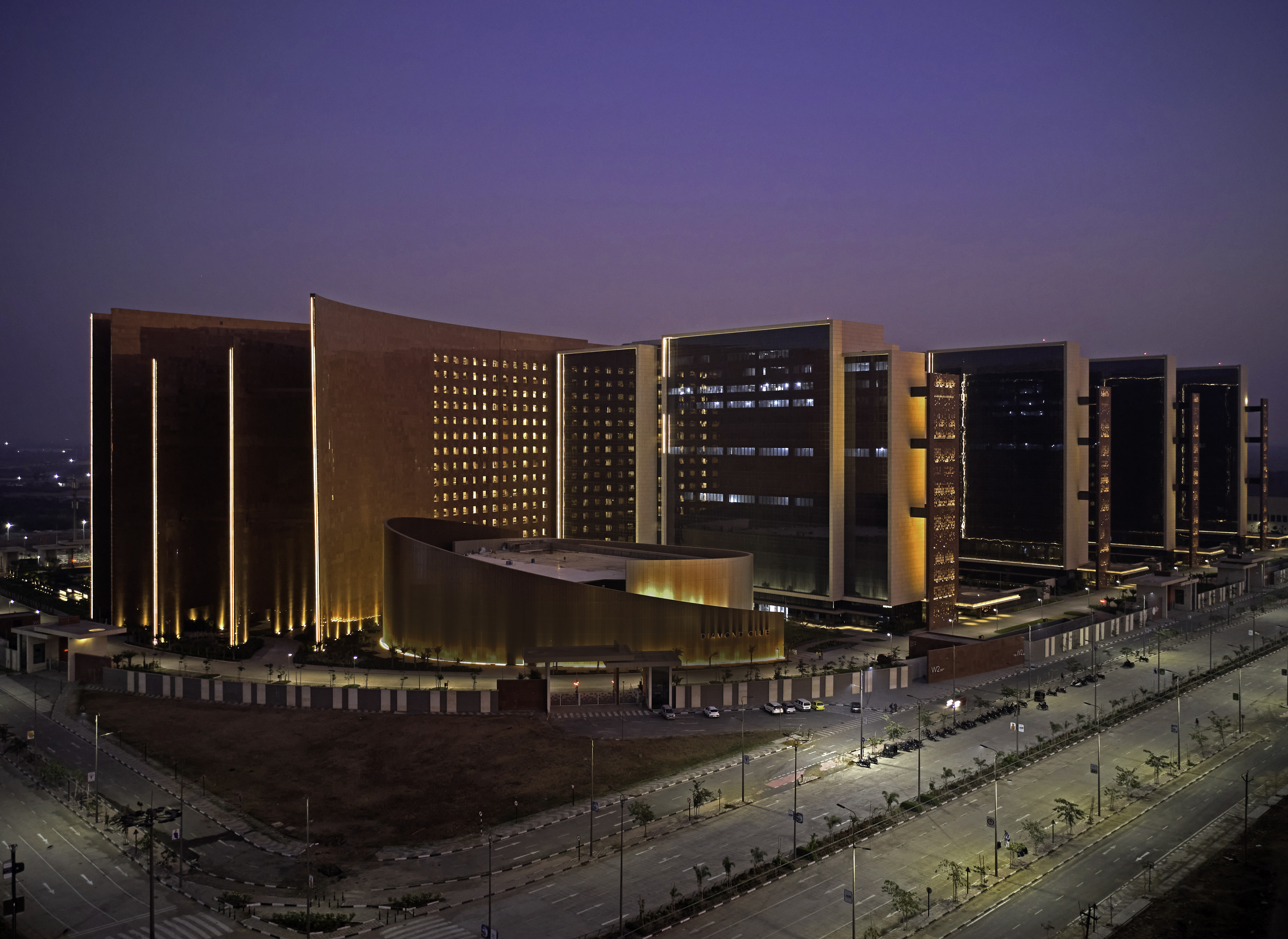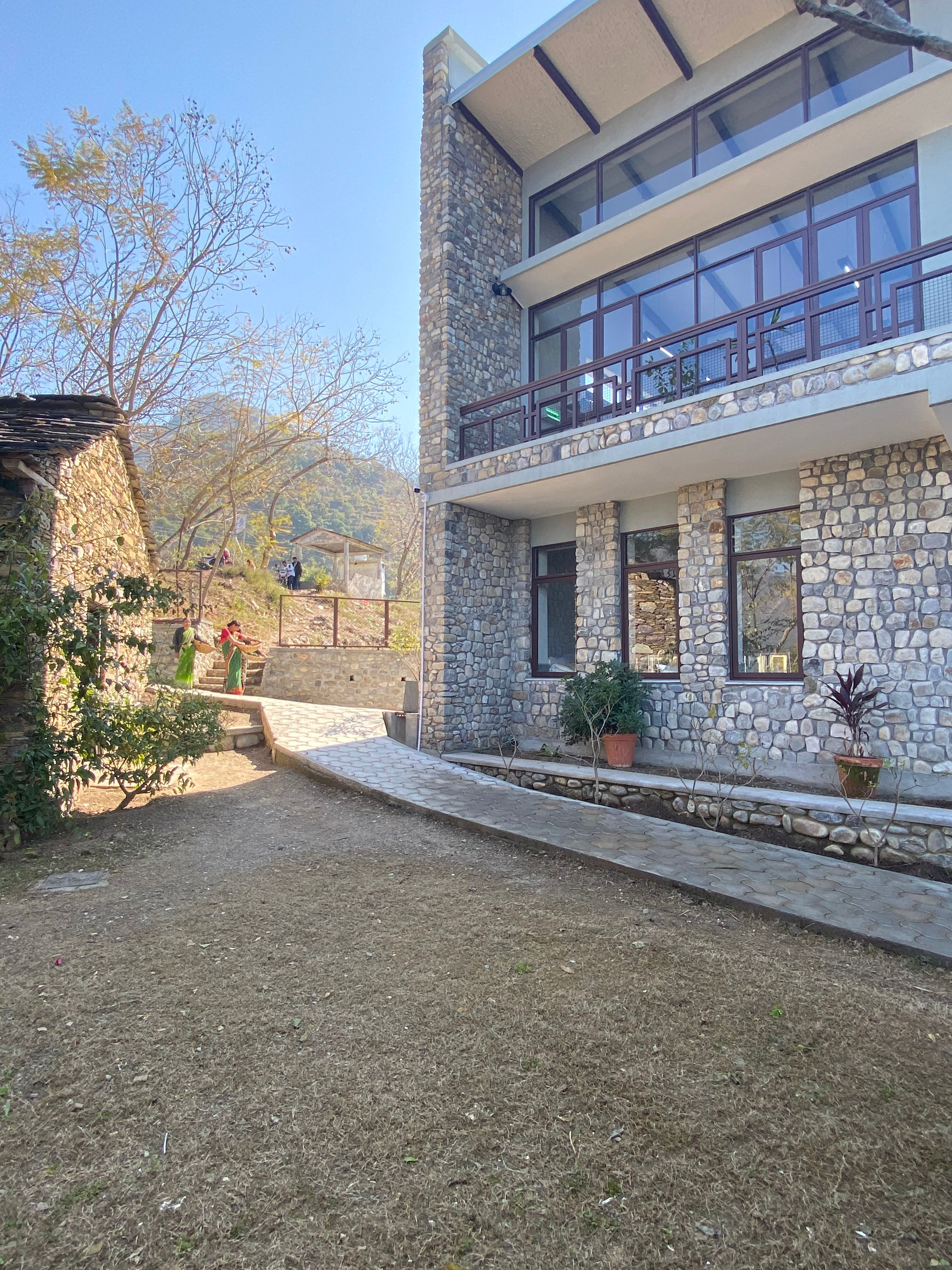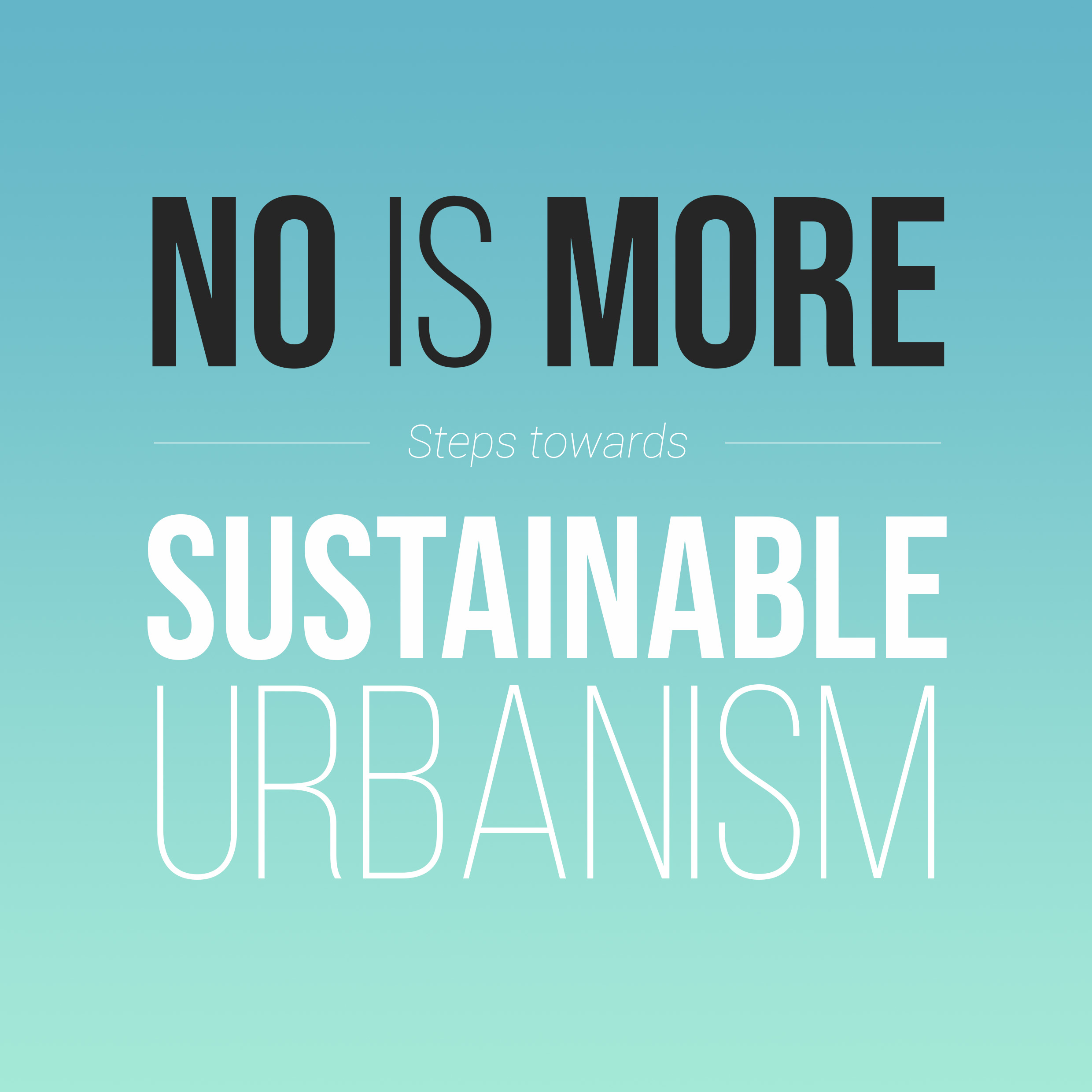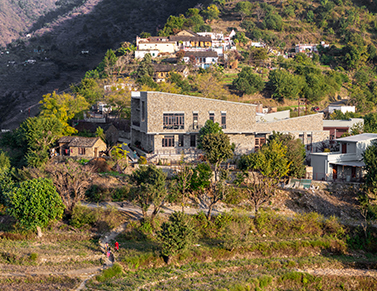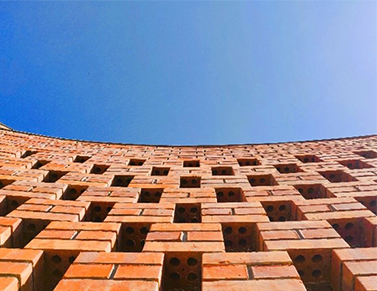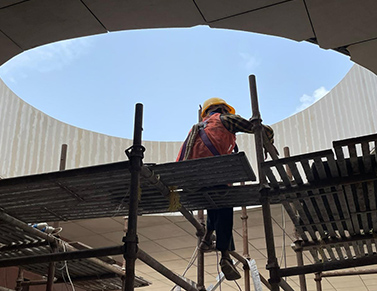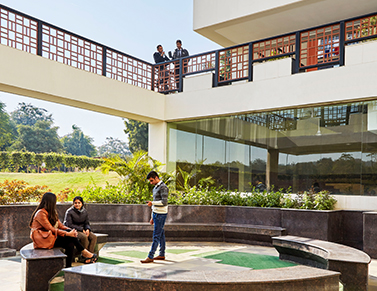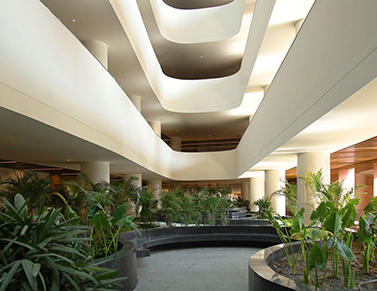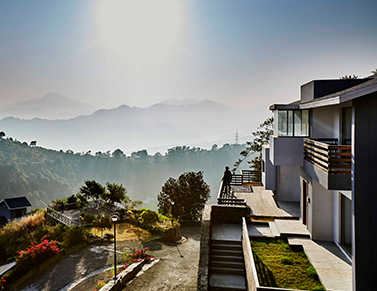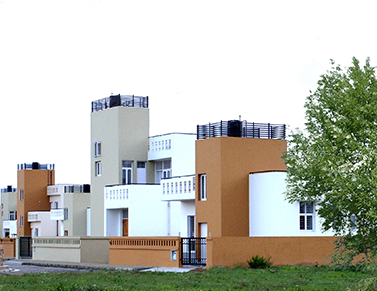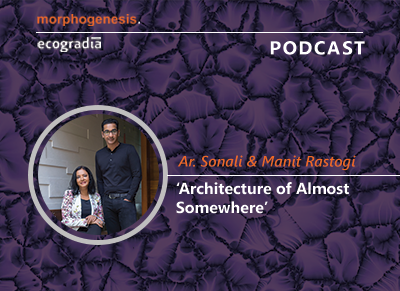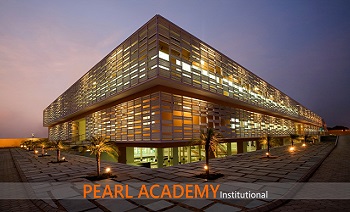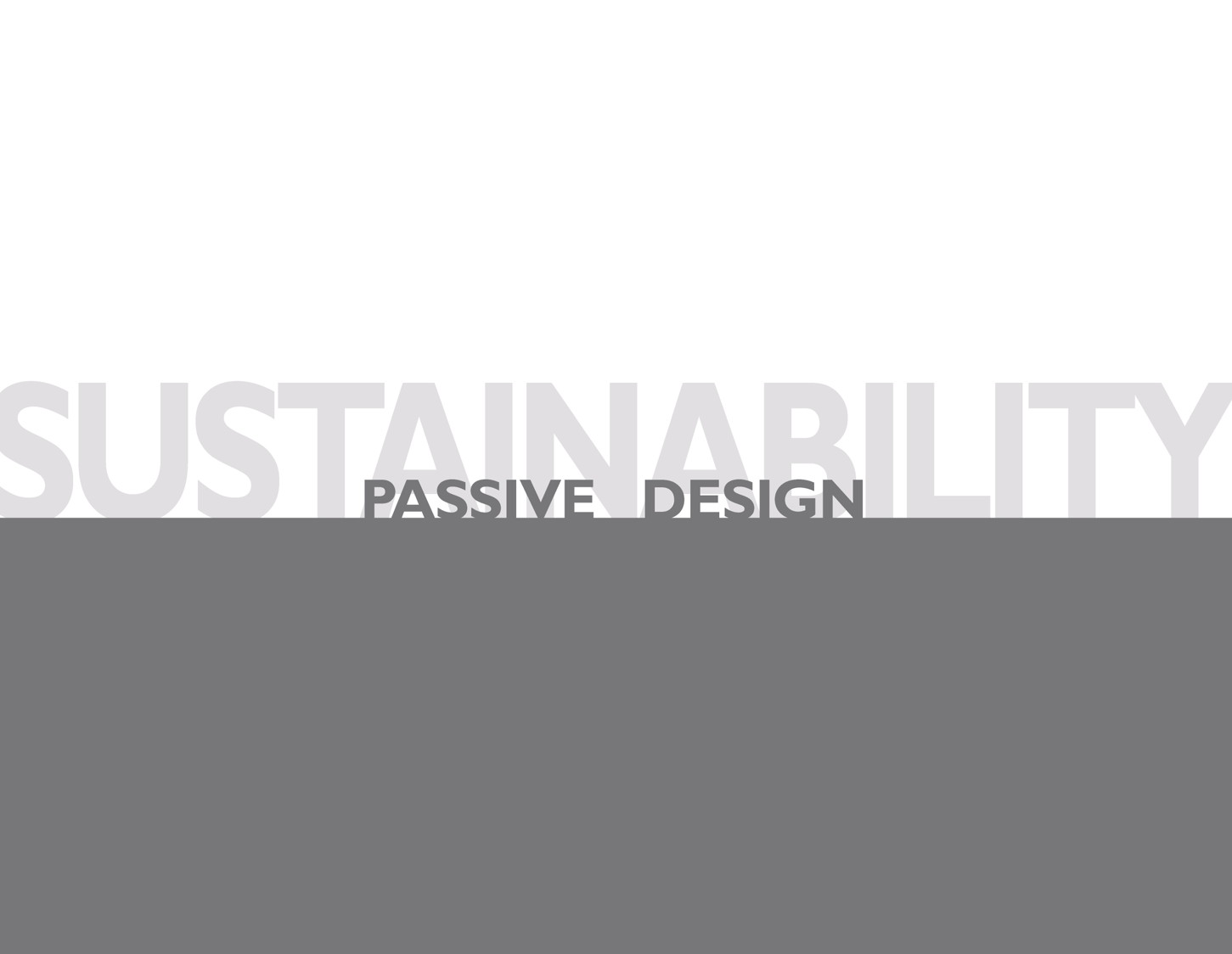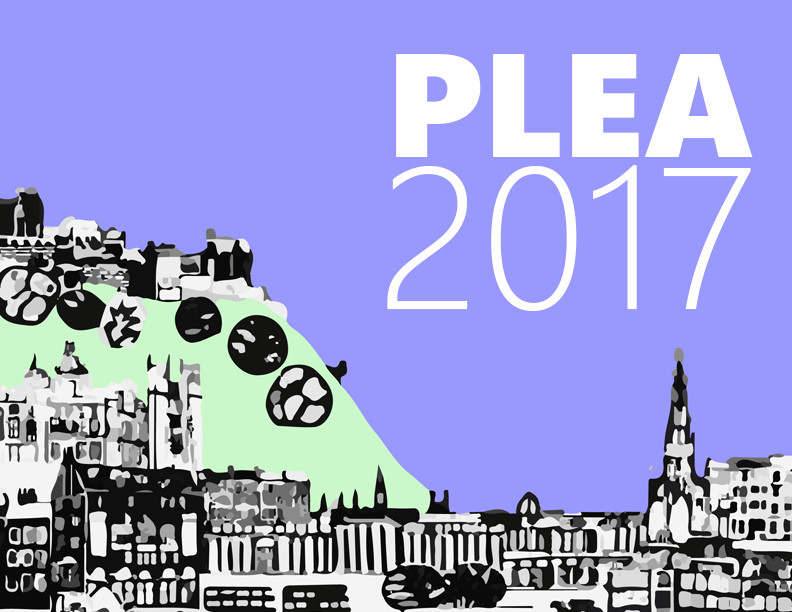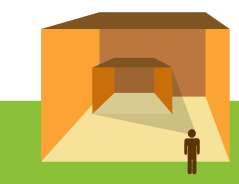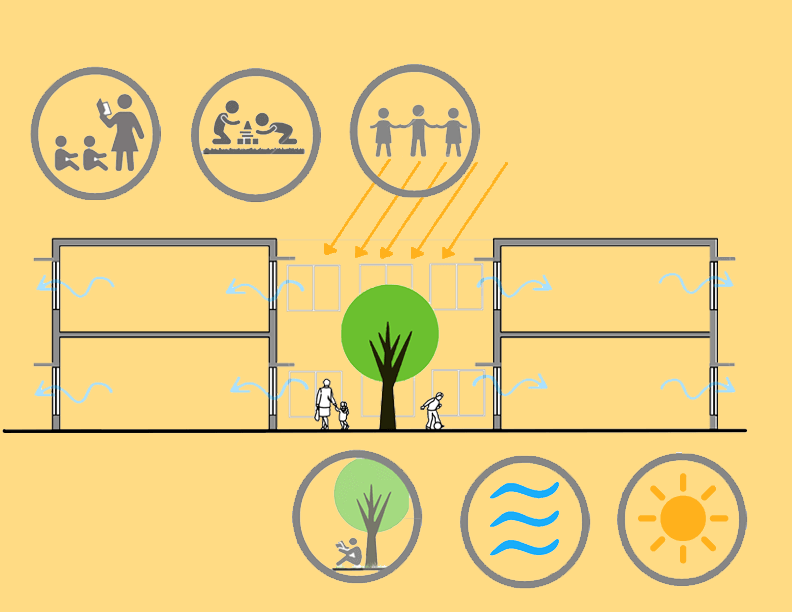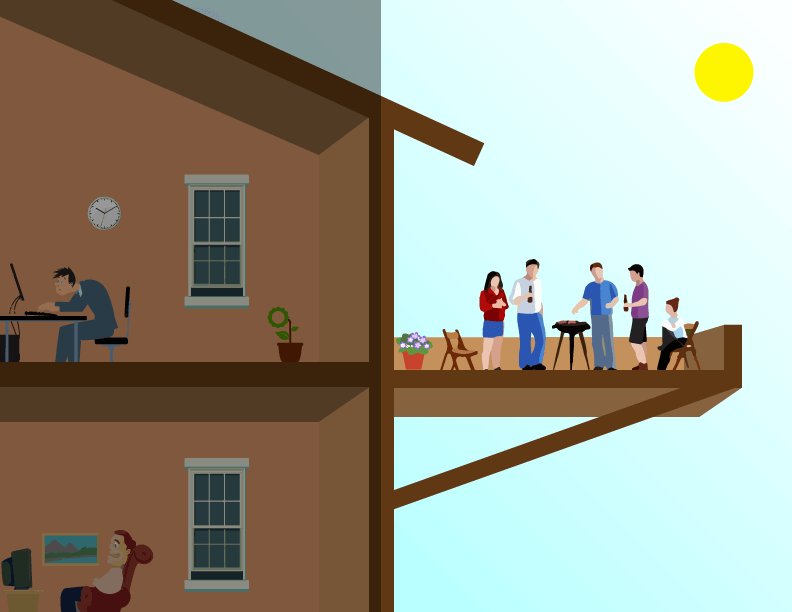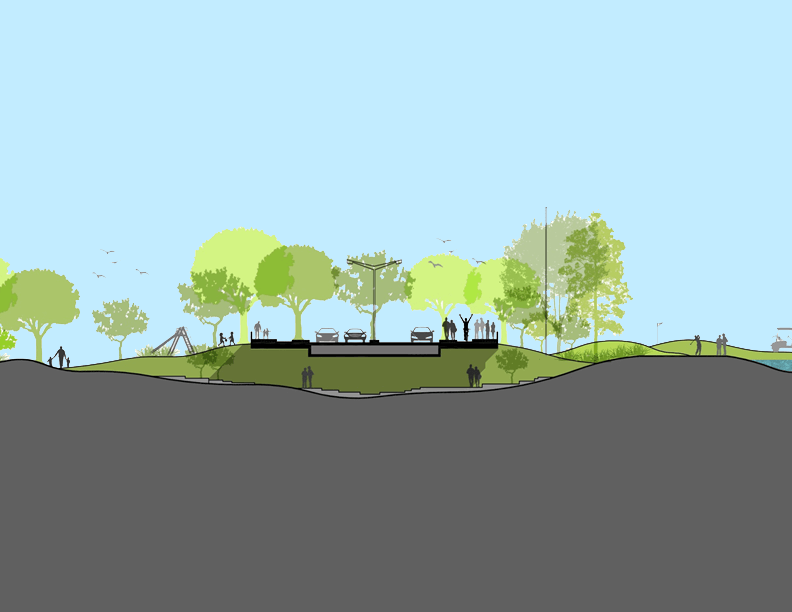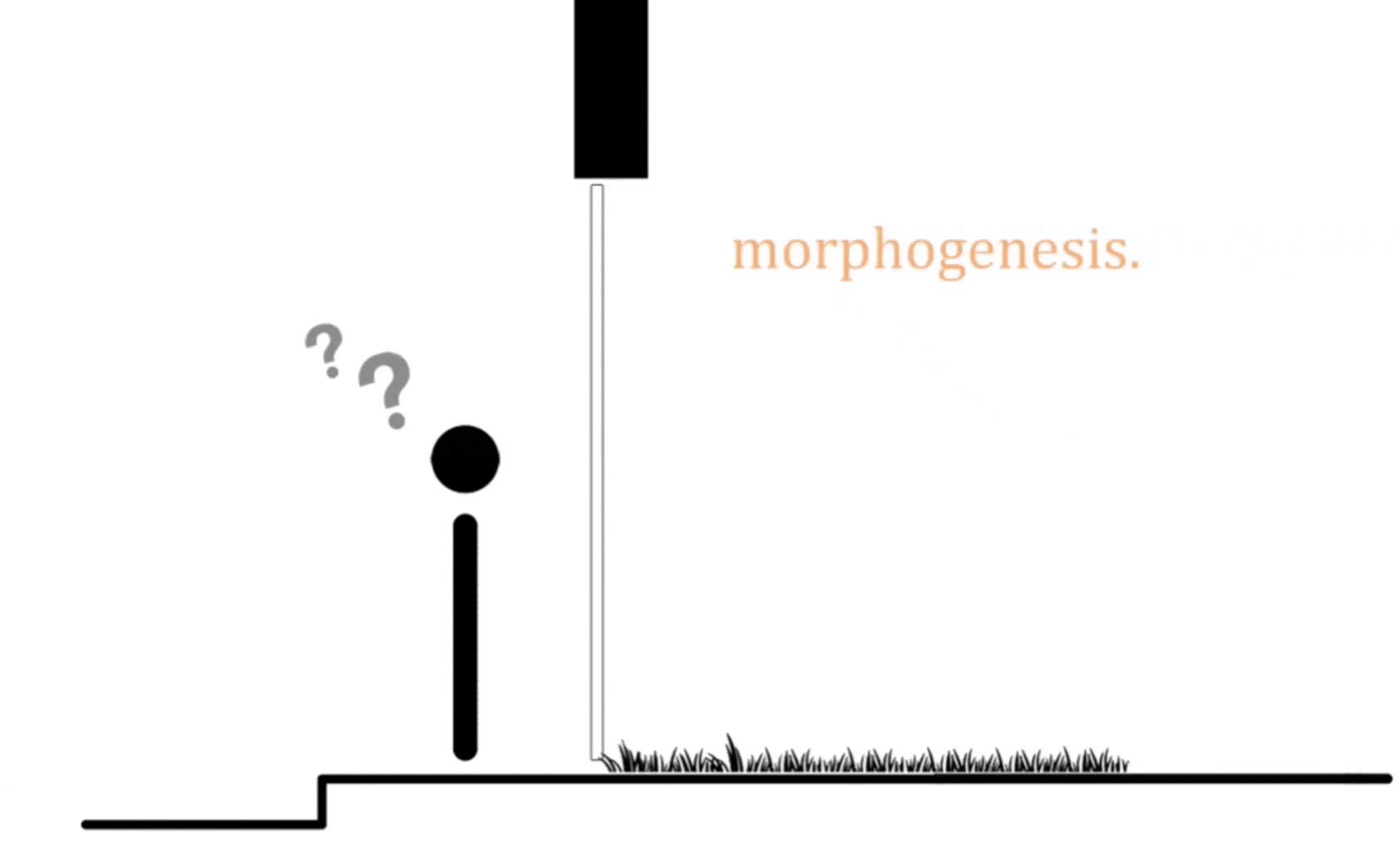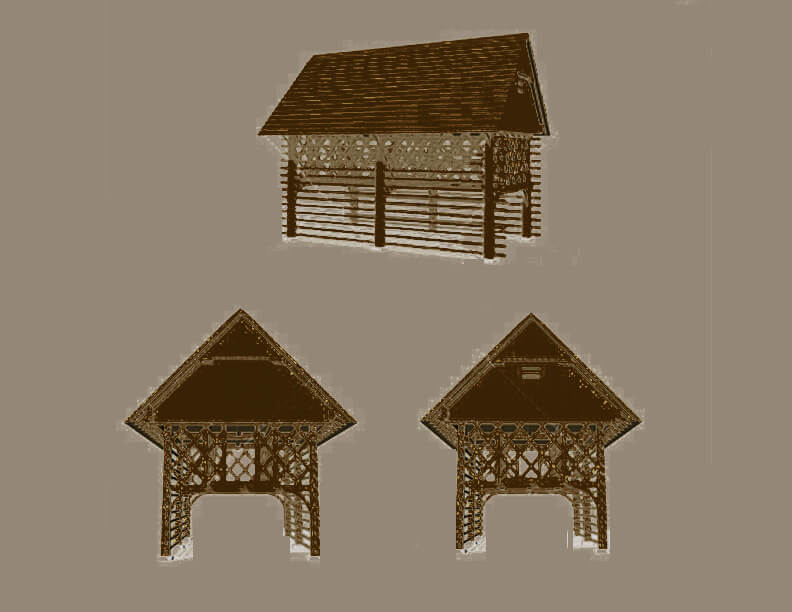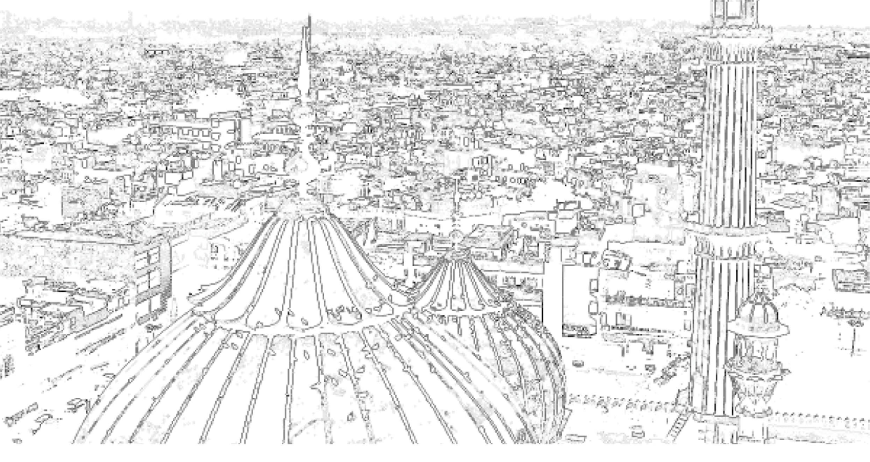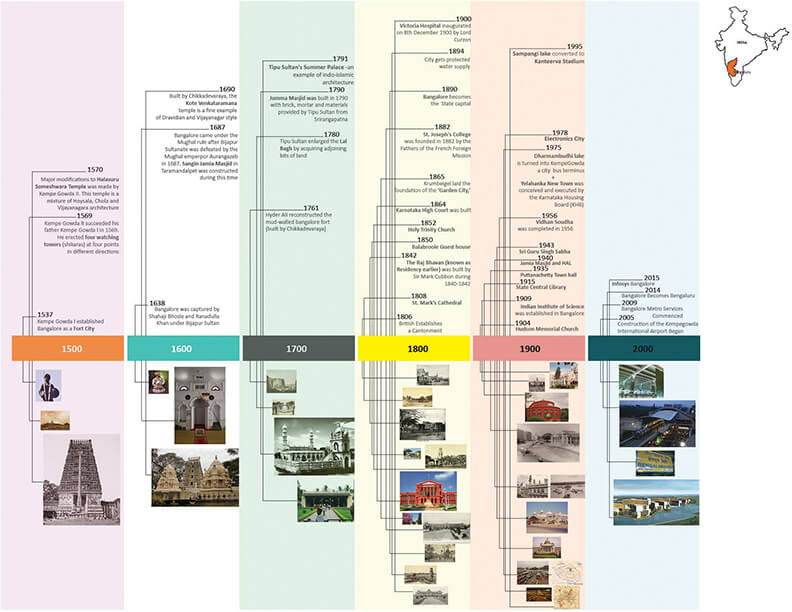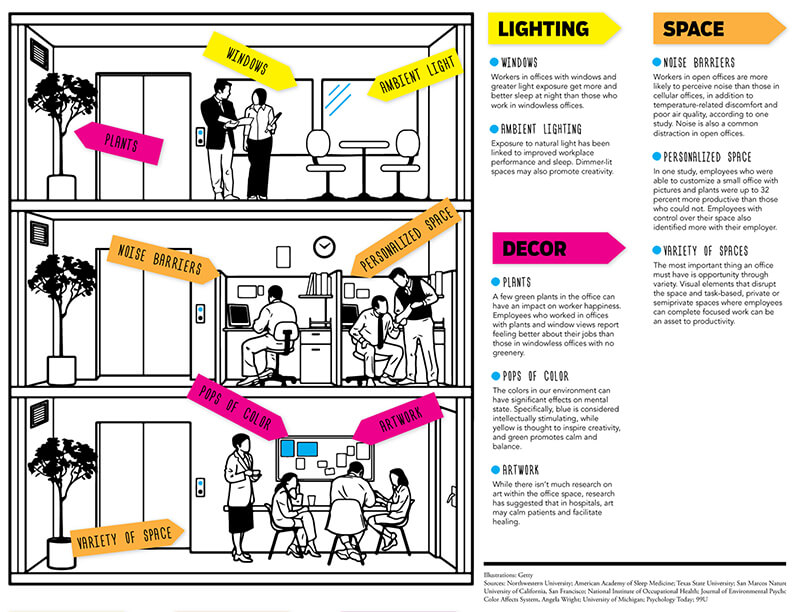One of the major challenges that developing countries face is uncontrolled urbanisation. As per a report by the United Nations, the global urban population is projected to surge from around 4.4 billion in 2020 to 6.7 billion by 2050, with the Asia Pacific region accounting for nearly one-third of the world’s urbanised population. Amidst this burgeoning urban landscape, citizens grapple with myriad challenges affecting their daily existence, such as access to clean water, sanitation, infrastructure, and economic growth. These core issues are a major cause of rural-urban migration.
People leave behind their homes, social ties, and traditional lifestyles in search of work opportunities in the city. However, our cities lack the resources to support the large incoming population. As a response, old infrastructure is replaced by high-rises, green spaces are encroached upon, and those who cannot afford the high living costs get drawn into the cycle of poor living conditions in slums. This explains why the East Asia-Pacific region also has the world’s largest slum population of around 250 million people.
While there is an increasing awareness of environmental sustainability in architecture, we must also consider how the profession can contribute to social sustainability. Here are two strategies that can help:
1. Adaptive reuse in rural areas
Adaptive reuse of old existing structures in rural or suburban areas–away from our dense cities–can offer a possible solution. If we can identify such opportunities and tie community-centric, income-generating contextual programmes into these developments, we can help prevent distressed migration while simultaneously improving the living conditions of the local populations.
2. Decentralising development
With our work at Morphogenesis, we have tried to further the idea of decentralised growth by developing infrastructure in Tier-1 and Tier-2 cities. Surat Diamond Bourse, a 7.1 million sq. ft. office commissioned by the largest community of diamond traders in the world, and the Lodsi Community Project for Forest Essentials in Rishikesh are a testament to our efforts in this direction.


Built as a workspace for the 65,000-strong diamond trading community of India, Surat Diamond Bourse exemplifies the idea of decentralised development
Addressing the essential need to have a workplace in their own city, Surat Diamond Bourse exemplifies the idea of decentralised development, accelerating Surat’s infrastructural progress and economic growth. Apart from the facility itself generating employment in the area, manufacturing units were set up locally to support the construction of the bourse, further creating opportunities for growth within the local region.
The project’s construction has aided the establishment of new social infrastructure, with schools and hospitals coming up as a result of community initiatives. In this manner, the building catalyses holistic development in the Tier-II city while alleviating urban migration.
Nestled in the foothills of the Himalayas, the Lodsi Community Project, a production facility for the renowned homegrown skin care company, Forest Essentials, is another example of decentralised development in the post-pandemic world. Given the site’s delicate ecology and remote off-grid location, the design focused on optimising the building’s performance to be net zero on energy, water and waste. A sensitive amalgamation of passive design strategies and indigenous construction techniques resulted in a strong architectural expression that contextually blends in and builds community pride.
During its construction, the facility provided employment to 65 local families. Today, it supports almost 45% of the village’s households. The use of vernacular materials, techniques, and village labour forms the ethos of the facility, making it “A Project built by the locals and for the employment of the locals.”
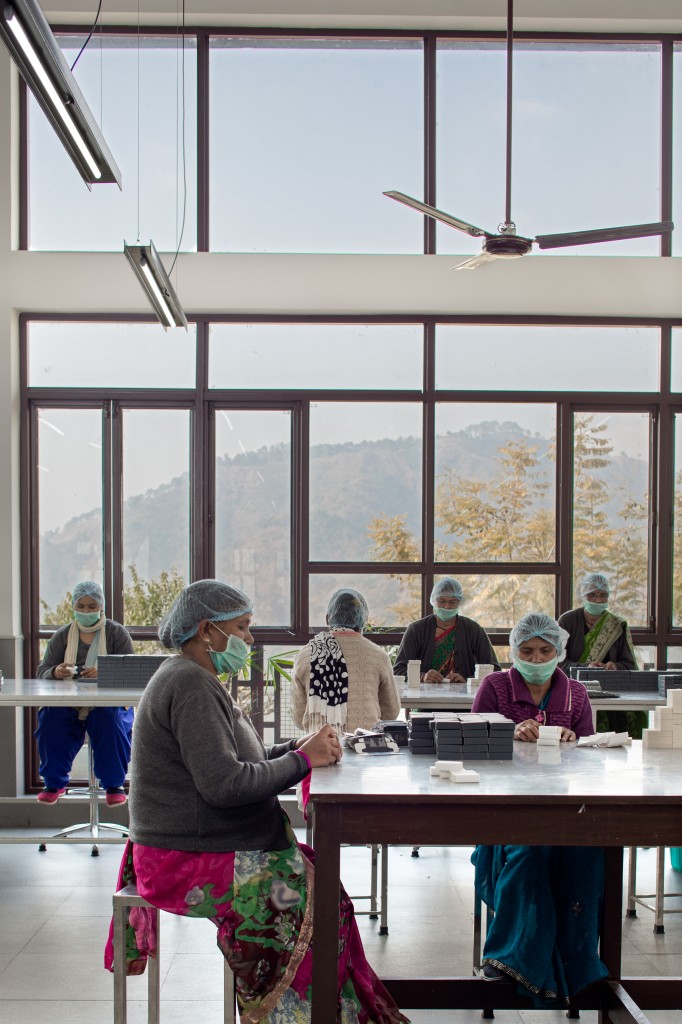
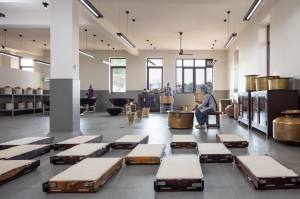
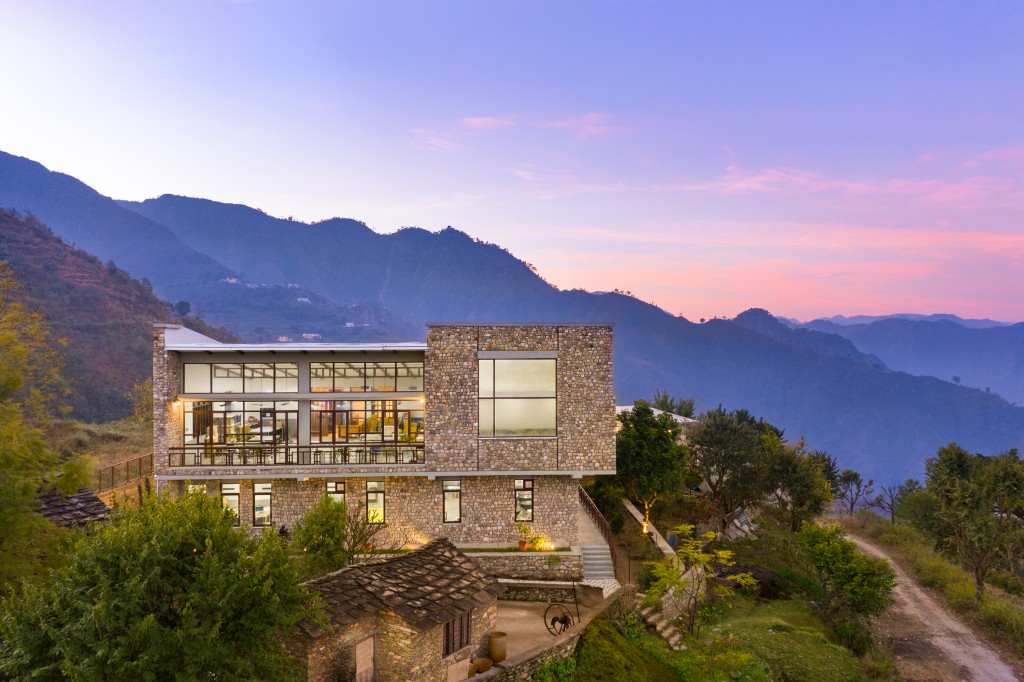
The Lodsi Community Project employed 65 villagers in its construction and currently supports up to 45% of the village households – a project built by the locals and for the employment of the locals.

